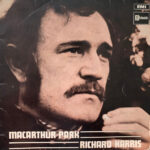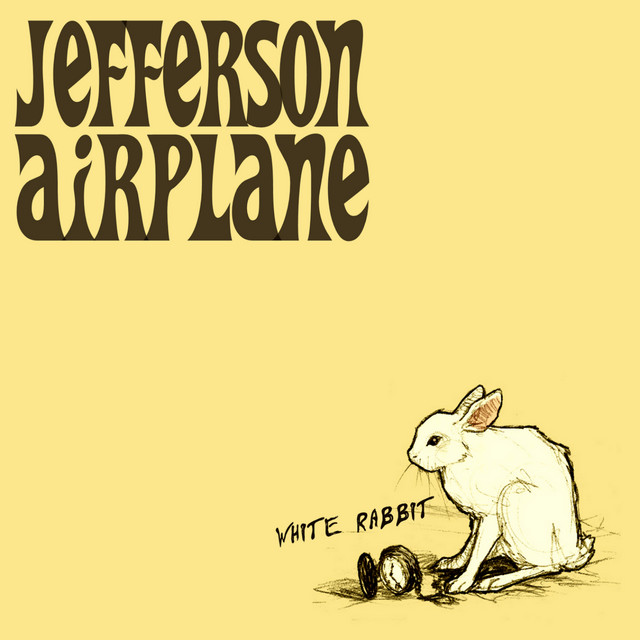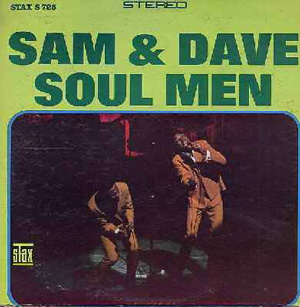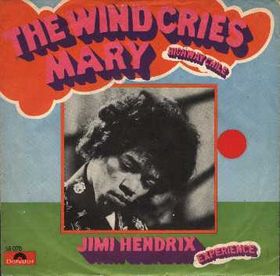 When Richard Harris released “MacArthur Park” in 1968, the song immediately divided opinion. Its sweeping orchestration, dramatic delivery, and metaphor-laden lyrics made it unlike anything else on the radio at the time. Yet, despite—or perhaps because of—its unconventional approach, it became a cultural touchstone, a song that defined the era’s appetite for bold experimentation and emotional excess in popular music. Harris’ version of “MacArthur Park” is a masterclass in theatrical pop, a grandiose journey that demands attention and rewards those willing to immerse themselves in its melodrama.
When Richard Harris released “MacArthur Park” in 1968, the song immediately divided opinion. Its sweeping orchestration, dramatic delivery, and metaphor-laden lyrics made it unlike anything else on the radio at the time. Yet, despite—or perhaps because of—its unconventional approach, it became a cultural touchstone, a song that defined the era’s appetite for bold experimentation and emotional excess in popular music. Harris’ version of “MacArthur Park” is a masterclass in theatrical pop, a grandiose journey that demands attention and rewards those willing to immerse themselves in its melodrama.
A Song That Starts with Grandeur
From the opening moments, “MacArthur Park” asserts itself as something exceptional. The orchestration is lush and cinematic, immediately setting the tone for an epic experience. Strings, brass, and percussion swirl around Harris’ rich baritone, creating a sonic landscape that feels vast and immersive. It’s not just a pop song; it’s a mini-opera, a dramatic statement that transforms the act of listening into a theatrical encounter.
The arrangement’s complexity is striking. Producer Jimmy Webb—who also wrote the song—crafted a piece that moves through multiple sections, alternating between ballad-like introspection, swelling crescendos, and unexpected shifts in tempo. Harris’ vocal performance navigates these changes with precision, giving the song a sense of narrative arc that mirrors its lyrical journey.
Richard Harris’ Vocal Presence
One of the most defining elements of this recording is Harris’ voice. Deep, resonant, and commanding, it imbues the song with a sense of gravitas that few pop singers could achieve. Harris approaches the material with full commitment, delivering each line with dramatic intensity that borders on operatic. His phrasing emphasizes the song’s emotional peaks and valleys, giving life to Jimmy Webb’s elaborate lyrics.
Harris’ vocal performance is also notable for its dynamic control. He transitions effortlessly between gentle, reflective passages and powerful, almost declamatory climaxes. These contrasts keep the listener engaged throughout the nearly seven-minute runtime, transforming what could have been a bombastic novelty into a compelling musical experience.
Lyrics: Cake, Rain, and Metaphor
“MacArthur Park” is famous—or infamous—for its metaphorical lyrics, particularly the recurring image of a cake left out in the rain. At first glance, the imagery might seem absurd or even comical, but a closer reading reveals its emotional core. The song is a meditation on loss, impermanence, and the bittersweet nature of memory. The cake, drenched and ruined, becomes a symbol of fleeting happiness and the inevitability of disappointment.
Jimmy Webb’s lyrics are unapologetically abstract, blending surreal imagery with universal themes of love and longing. Lines shift between literal and figurative language, creating a dreamlike quality that allows listeners to project their own experiences onto the song. While the lyrics can seem perplexing on paper, Harris’ earnest delivery transforms them into something emotionally resonant. The metaphor works because it is delivered with conviction, turning an unusual concept into a powerful expression of human vulnerability.
Instrumentation: A Cinematic Soundscape
The instrumentation of “MacArthur Park” is as dramatic as Harris’ vocals. Webb’s production layers strings, brass, and percussion in ways that evoke both grandeur and intimacy. The orchestration flows like a film score, moving through quiet, tender moments to explosive, climactic passages. This dynamic arrangement mirrors the emotional narrative of the lyrics, emphasizing the highs and lows of romantic loss and reflection.
Piano motifs weave through the track, grounding the more extravagant elements and providing melodic anchors for Harris’ vocal lines. The rhythm section is subtle but essential, giving the song momentum without detracting from its dramatic qualities. Every instrumental choice feels deliberate, contributing to a sense of narrative progression that makes the song feel cinematic rather than simply musical.
Structure and Musical Innovation
“MacArthur Park” defies traditional pop song structure. It eschews standard verse-chorus repetition in favor of a multipart suite that moves through distinct sections. There are moments of slow, contemplative lyricism, explosive crescendos, instrumental interludes, and reflective codas. This unconventional format allows the song to explore a wide range of emotions and textures, creating a listening experience that feels epic in scope.
The song’s length—nearly seven minutes in the original single—was a bold choice for 1968, when radio-friendly tracks were typically under three minutes. Yet the extended runtime is crucial to its impact, allowing the narrative to unfold fully and giving Harris’ vocals space to breathe and soar. The structure itself becomes part of the song’s storytelling, reflecting the expansiveness of the emotional landscape it inhabits.
Production and Sonic Detail
Jimmy Webb’s production on “MacArthur Park” is meticulous and layered. Each instrument occupies its own space in the mix, allowing the complex orchestration to remain clear despite its density. Strings glisten, brass punctuates, and percussion drives momentum, all while Harris’ voice remains front and center. The production enhances the song’s theatricality without overwhelming it, creating a sense of immersion that draws listeners into its world.
Subtle touches—like echoes, reverb, and instrumental flourishes—add to the song’s dreamlike quality. The attention to detail ensures that repeated listens reveal new textures and nuances, making “MacArthur Park” a song that continues to reward exploration decades after its release.
Cultural Context and Impact
Upon its release, “MacArthur Park” was both celebrated and ridiculed. Some critics saw it as over-the-top or melodramatic, while others praised its ambition and emotional intensity. Regardless of opinion, the song made an undeniable impact. It reached number two on the Billboard Hot 100 and became one of the defining pop hits of the late 1960s.
The track’s boldness reflected the experimental spirit of the era. Psychedelic influences, orchestral experimentation, and dramatic storytelling were hallmarks of the late 1960s music scene, and “MacArthur Park” embraced these trends wholeheartedly. It showed that pop music could be ambitious, theatrical, and deeply emotional—a precursor to later genre-blending works that would push the boundaries of mainstream music.
Why “MacArthur Park” Endures
What gives “MacArthur Park” lasting appeal is its audacity and emotional honesty. The song is unapologetically grand, taking risks that many contemporary pop tracks would shy away from. Its emotional intensity, unusual imagery, and complex orchestration set it apart from its peers, creating a piece of music that continues to fascinate, intrigue, and inspire.
Listeners are drawn to its dramatic highs and reflective lows. The song’s theatricality can be polarizing, but it is precisely this quality that gives it character. “MacArthur Park” is a musical rollercoaster—sweeping, unpredictable, and unforgettable. Harris’ commitment to the performance ensures that every listener is fully invested in its journey.
Live Performance and Theatricality
Richard Harris’ background as an actor informs his performance of “MacArthur Park.” On stage, the song becomes an almost operatic spectacle, with Harris’ dramatic gestures and commanding presence amplifying the song’s narrative. The theatricality of the performance mirrors the music’s grandeur, turning concerts into immersive storytelling experiences.
Even in studio recordings, this sense of theater is palpable. Harris inhabits every word, every phrase, creating a performance that feels lived-in and deeply emotional. This connection between performer and material is a key factor in why the song continues to resonate with listeners.
Influence and Legacy
“MacArthur Park” has left a lasting imprint on popular music. Its willingness to embrace orchestral complexity, extended runtime, and abstract lyricism paved the way for future artists to experiment boldly within pop structures. The song’s cultural impact extends beyond music as well; it has become a touchstone of 1960s excess, theatricality, and artistic ambition.
Cover versions and reinterpretations, from Donna Summer’s disco hit to modern indie tributes, highlight the song’s adaptability and enduring fascination. Each interpretation underscores the strength of the composition and its capacity to inspire across genres and generations.
Conclusion: The Cake That Will Never Fade
“MacArthur Park” is more than a song—it is an experience. Its sweeping orchestration, dramatic vocals, and surreal imagery combine to create a work of art that challenges conventional pop norms while delivering unforgettable emotional impact. Richard Harris’ performance, coupled with Jimmy Webb’s visionary composition and production, ensures that the track remains a cultural landmark.
Decades after its release, “MacArthur Park” continues to captivate listeners with its audacity, theatricality, and emotional depth. The song’s metaphoric cake may have melted in the rain, but its legacy endures, standing as a testament to the power of ambitious songwriting, expressive performance, and the courage to embrace the dramatic in popular music.


